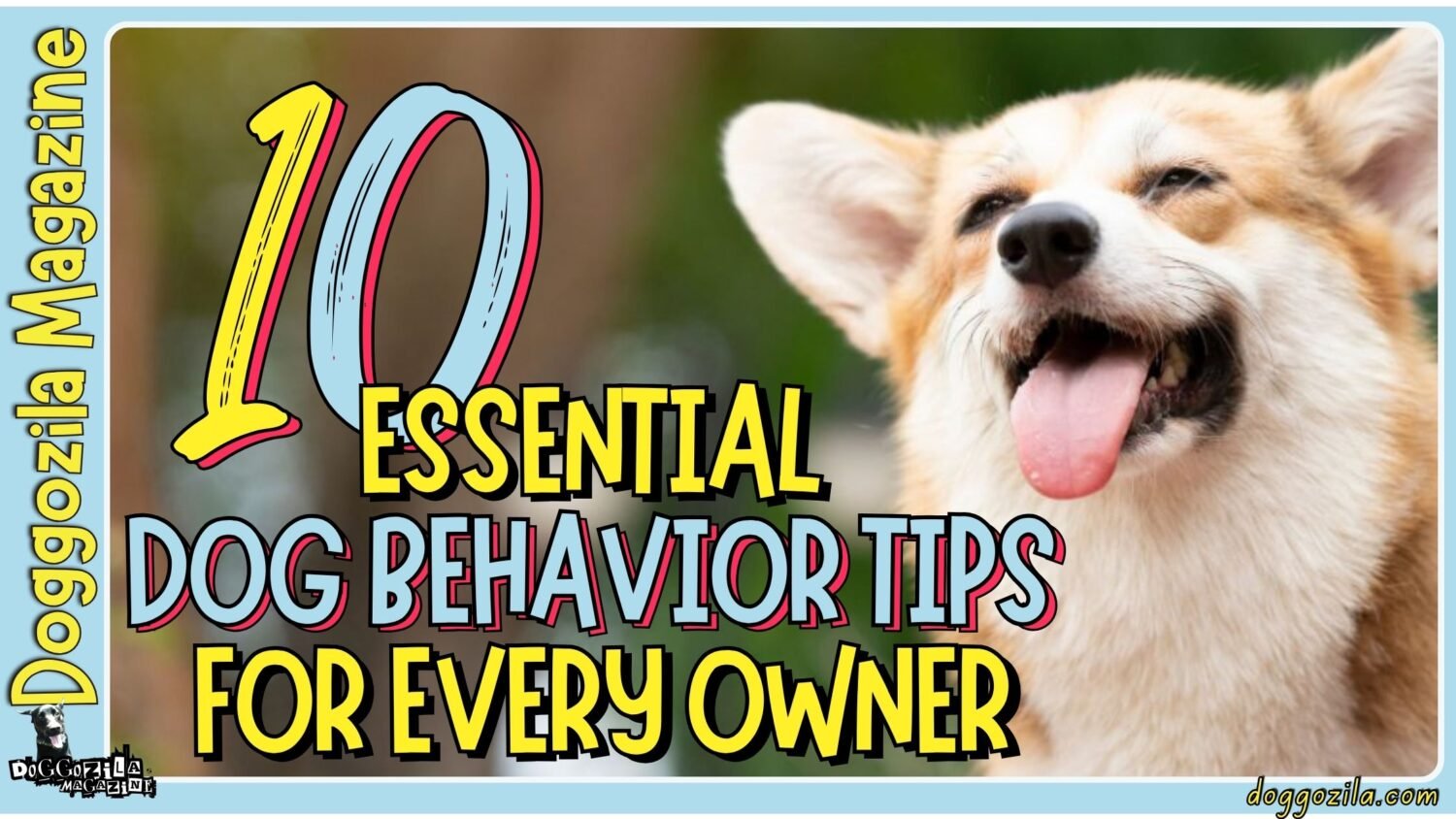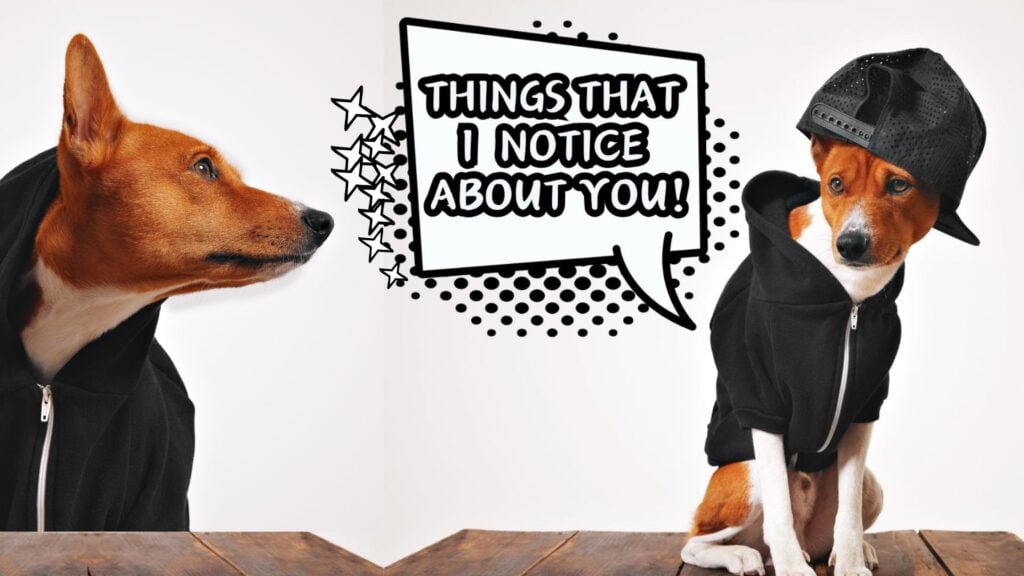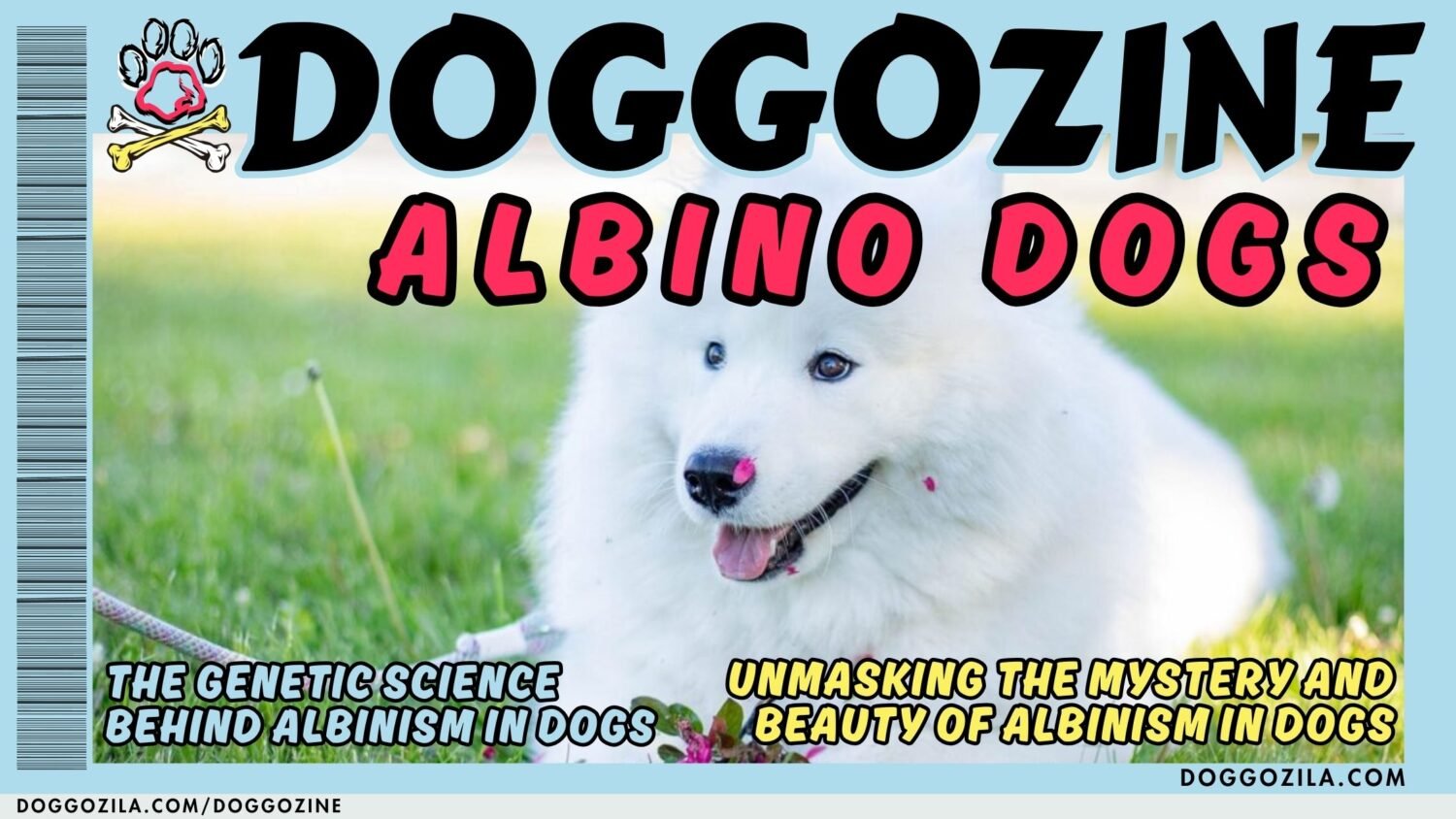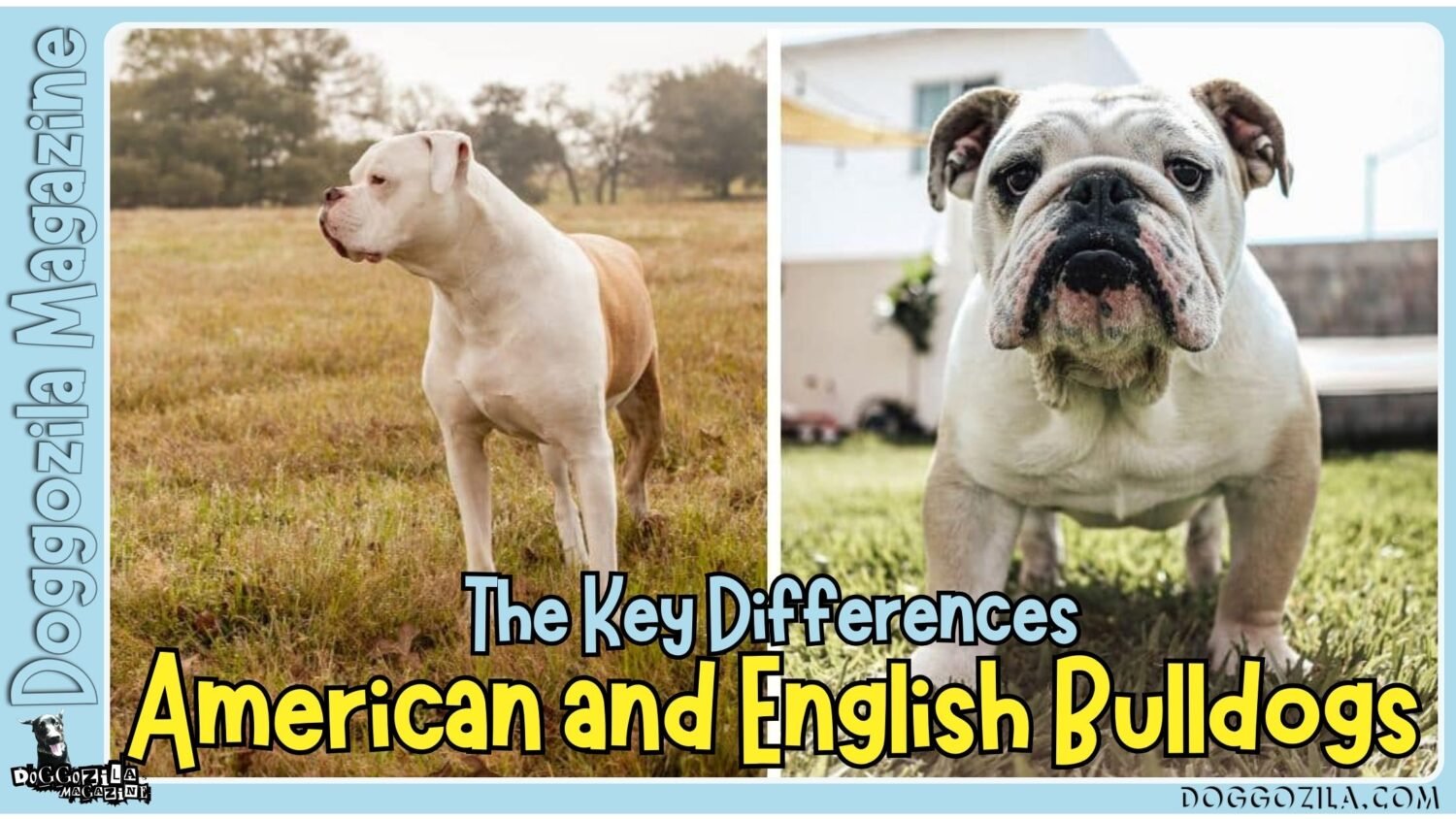When you chose to introduce a new dog to a household with a jealous resident dogs can be a complex and emotionally charged process, that’s why it’s important to know how to do this properly. Jealousy in dogs often manifests as territorial behavior, aggression, or attention-seeking actions, which can escalate during the introduction of a new pet. However, with careful planning, patience, and the right strategies, you can successfully integrate a new dog into your home while minimizing stress and conflict.
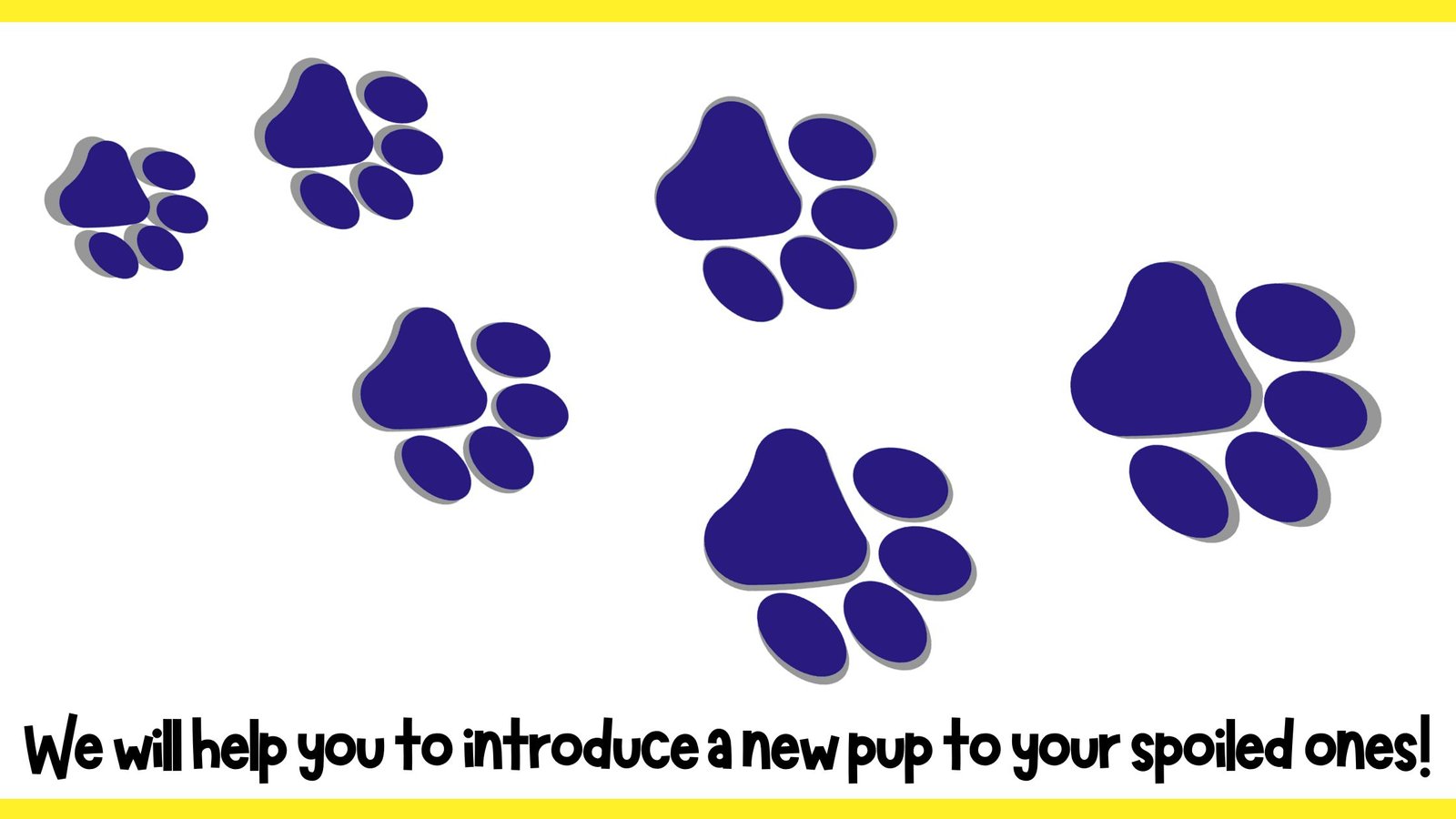
This comprehensive guide, will walk you through the process step-by-step, supported by case studies, research, and expert insights to ensure you have the tools and knowledge to make the transition as smooth as possible.
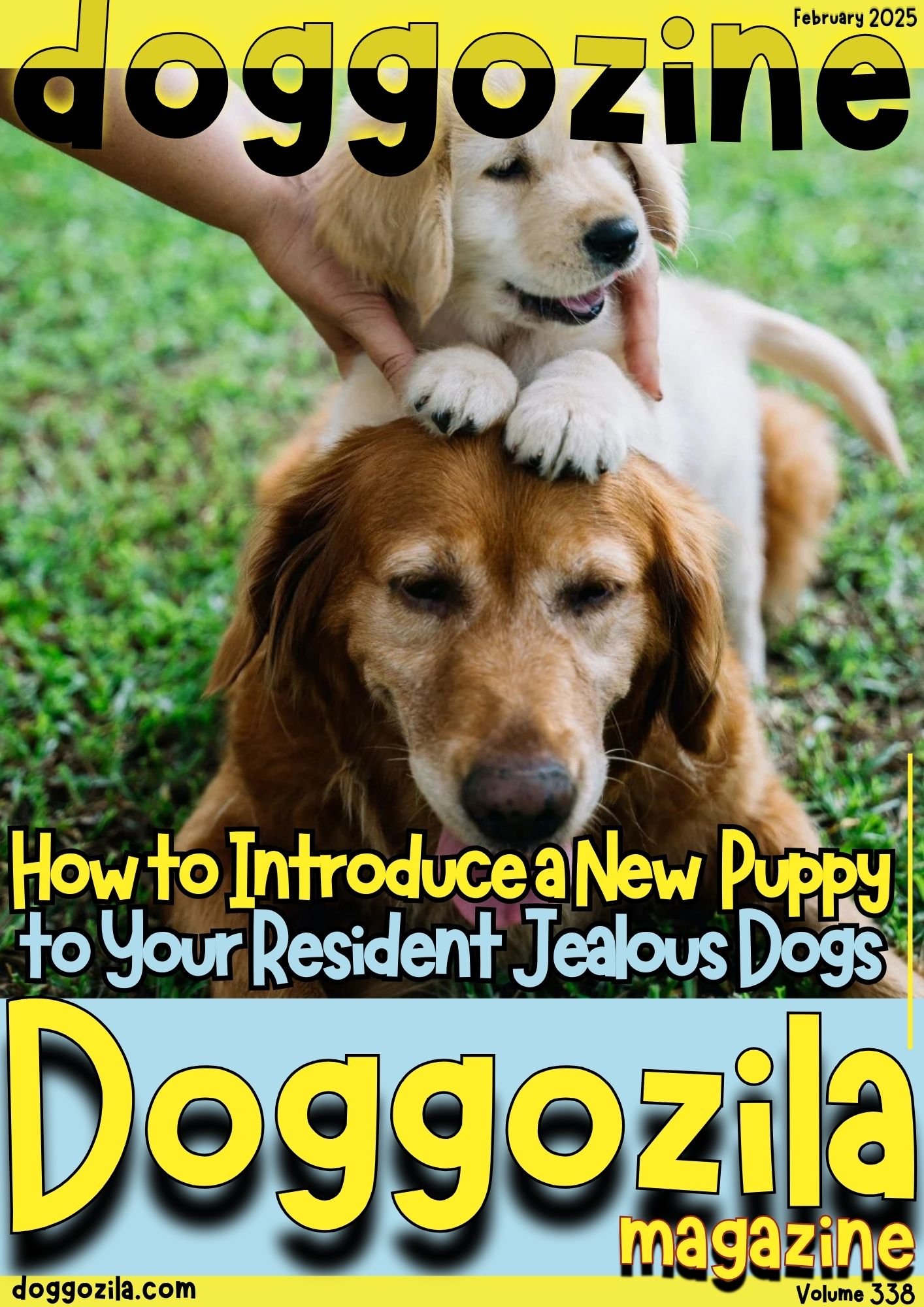
UNDERSTANDING CANINE JEALOUSY
As dog owners, we’ve all seen it before: when our furry friends exhibit behaviors that seem a little out of the ordinary, especially around other pets or even humans. Jealous behavior can manifest in various ways — barking, growling, or showing possessiveness over their toys or space. But have you ever wondered what drives these reactions? Chances are, it has more to do with your dog’s natural instincts than you think.
What Causes Jealousy in Dogs?
Jealousy in dogs often stems from a fear of losing resources, such as attention, food, toys, or territory. Dogs are pack animals and naturally seek to establish a hierarchy, so the introduction of a new dog can disrupt the existing dynamic and trigger jealous behaviors.
This emotional response is rooted in their instinct to protect their position within the pack and ensure their access to essential resources. For example, a dog that has been the sole recipient of their owner’s affection may feel threatened when a new dog enters the household and begins to receive attention. This can lead to behaviors aimed at reasserting their dominance or reclaiming their perceived lost status.
Signs of Jealousy in Dogs
Often, jealousy can arise when a new pet enters the home, or when your attention is diverted from your furry friend to another person or animal. Understanding the reasons behind this behavior is crucial for fostering a harmonious environment. Recognizing the signs of jealousy in your dog is crucial for addressing the issue effectively. Dogs may exhibit various behaviors when they feel neglected or envious.
Common Signs That Your Dog is Jealous when You Introduce New Dogs
Recognizing the signs of jealousy in your dog when you introduce new dogs is crucial for addressing the issue effectively.
Common signs that your dog is jealous when you introduce new dogs, may include:
The Science Behind Canine Emotions
Research has shown that dogs experience complex emotions, including jealousy. A study published in PLOS ONE found that dogs exhibit jealous behaviors when their owners interact with a perceived rival, such as a stuffed dog or another pet. The study involved observing dogs as their owners interacted with a lifelike stuffed dog that barked and wagged its tail.
The dogs displayed behaviors such as pushing their owners, snapping at the stuffed dog, and attempting to get between the owner and the rival. These findings suggest that jealousy in dogs is a real and measurable emotion, driven by their desire to maintain their social bonds and access to resources.
Study by Christine R. Harris, Published in PLOS ONE on July 23, 2014
🔑 Key Points: Jealous behavior can manifest in various ways— barking, growling, or showing possessiveness over their toys or space. With careful planning, patience, and the right strategies, you can successfully integrate a new dog into your home while minimizing stress and conflict.
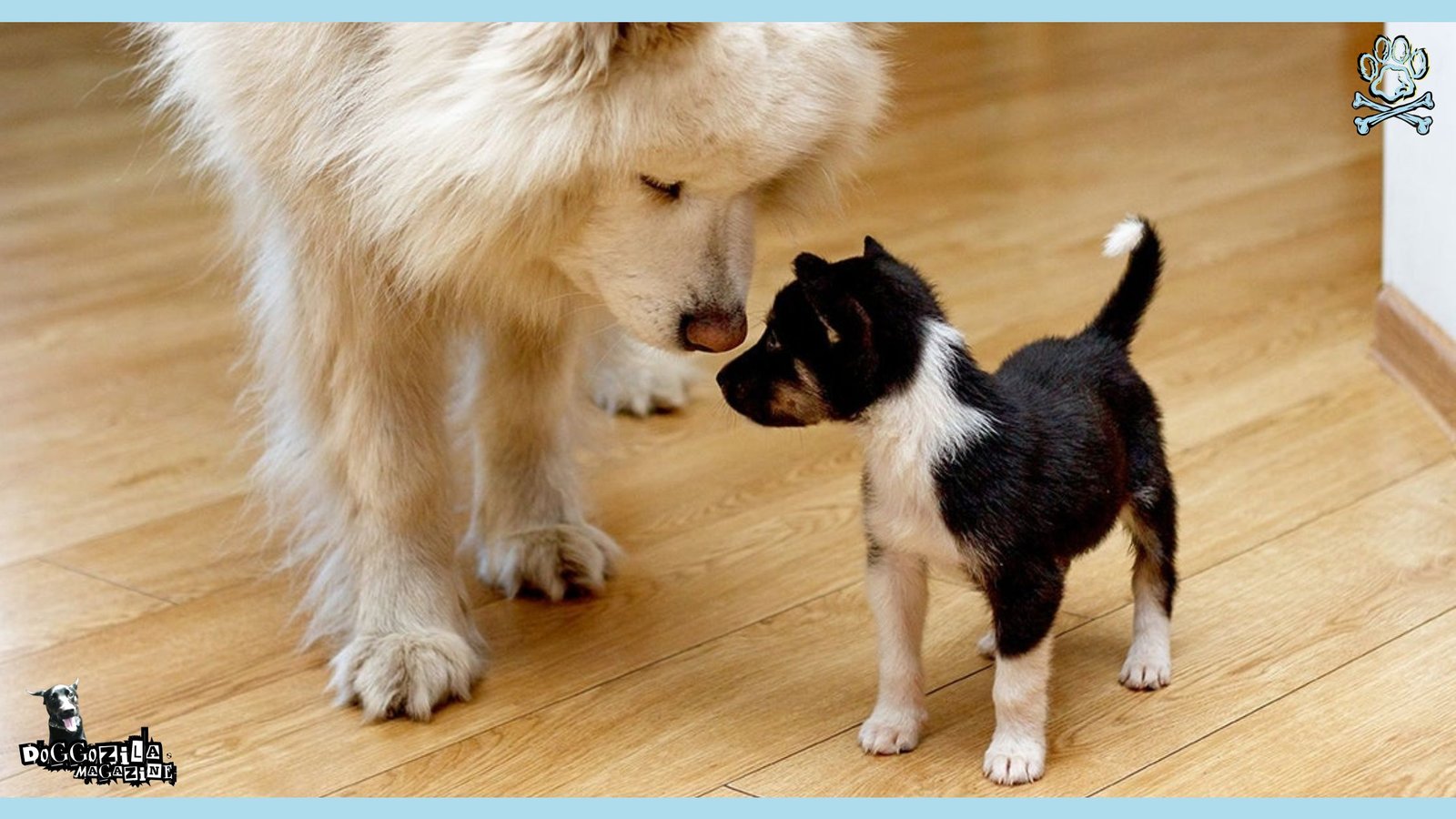
HOW YOU SHOULD PREPARE TO INTRODUCE A NEW DOG TO JEALOUS DOGS
Before you bring to introduce a new dog into your home, it’s essential to assess the temperament of your existing and jealous dogs. If you have dogs that tend to be jealous, you need to approach the introduction process with care. Observe how they react to new situations and new pets. Do they act possessively? Are they friendly but territorial? Recognizing these behaviors will set the groundwork for a smooth transition.
Assessing Your Resident Dog’s Temperament
Before bringing to introduce a new dog home, it’s essential to evaluate the personality and behavior of your resident jealous dogs. Are they generally friendly with other dogs, or do they have a history of aggression or jealousy? This assessment will help you determine the best approach for the introduction.
For example, if your dog has a history of resource guarding or aggressive behavior, you may need to take extra precautions and possibly consult a professional trainer or behaviorist. Understanding your dog’s temperament will also help you anticipate potential challenges and prepare accordingly.
Choosing the Right New Dog
The temperament, age, and energy level of the new dog are critical factors to consider when you chose to introduce a new dog to the jealous resident dogs. A calm, submissive dog may be a better match for a jealous resident dog than a highly energetic or dominant one.
For instance, introducing a playful puppy to an older, more reserved dog may lead to frustration and conflict if the puppy’s energy levels overwhelm the older dog.
On the other hand, introducing a dog with a similar energy level and temperament to your jealous dogs can help ensure a smoother transition. Additionally, consider the size and breed of the new dog, as these factors can also influence how well the dogs will get along.
Creating a Neutral Environment
Introducing the dogs in a neutral location, such as a park or a friend’s yard, can help avoid triggering territorial behavior. Dogs are more likely to feel threatened and act aggressively if they perceive the new dog as an intruder in their territory.
By choosing a neutral location, you can create a more relaxed environment for the initial meeting. Ensure both dogs are on leashes and have a safe space to retreat if needed. It’s also a good idea to have a second person present to help manage the dogs and ensure their safety during the introduction.
🔑 Key Points: Before bringing to introduce a new dog home, it’s essential to evaluate the personality and behavior of your resident jealous dogs. Consider the size and breed of the new dog, as these factors can also influence how well the dogs will get along. Always choose a neutral location.
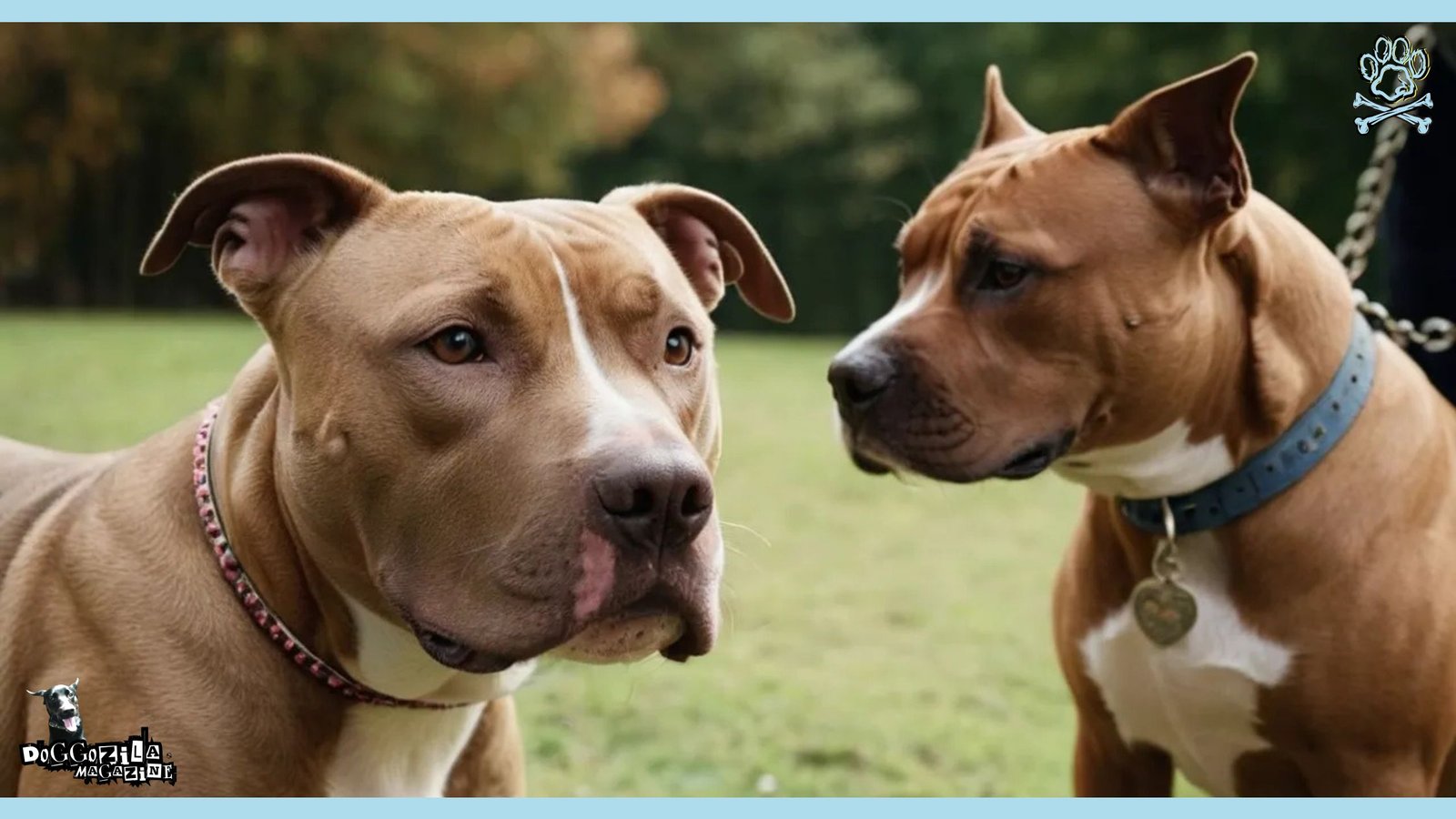
STEP-BY-STEP PROCESS HOW TO INTRODUCE A NEW DOG TO JEALOUS DOGS
When the big day arrives, take a deep breath and remember that patience is key. Start the introduction outdoors, in a neutral space, to prevent any territorial feelings. Keep the existing dogs on leashes but allow them to explore and sniff the new dog. Let everyone meet at their own pace—don’t force interactions. Observe the body language of your dogs; look for wagging tails or relaxed postures which indicate a friendly attitude.
Step 1: Scent Introduction
Before the dogs meet face-to-face, allow them to become familiar with each other’s scent. This can be done by swapping bedding or toys between the dogs. For example, you can take a blanket that the new dog has been sleeping on and place it near your resident dog’s sleeping area.
Similarly, you can bring an item that carries your resident dog’s scent to the new dog. This scent exchange helps the dogs become accustomed to each other’s presence without the stress of a direct encounter. Over time, they will begin to associate the new scent with something familiar and less threatening.
Step 2: Controlled Visual Introduction
Once the dogs have had time to become familiar with each other’s scent, you can move on to a controlled visual introduction. Use a baby gate or fence to allow the dogs to see each other without direct contact. This step is crucial for observing their body language and ensuring that they remain calm and relaxed.
Look for signs of stress or aggression in the dogs, such as raised hackles, growling, or stiff body posture. If either dog shows signs of discomfort, increase the distance between them and try again later. Reward calm behavior with treats and praise to create positive associations with the new dog’s presence.
Step 3: Leashed Meeting in Neutral Territory
After the dogs have had a successful visual introduction, it’s time for a leashed meeting in a neutral location. Choose a quiet park or open area where the dogs can interact without distractions. Keep both dogs on leashes and allow them to approach each other slowly.
It’s important to remain calm and relaxed during this meeting, as your energy can influence the dogs’ behavior. Allow them to sniff each other briefly, but be ready to intervene if either of the dogs start to show signs of aggression. Keep the interaction short and positive, ending on a good note before either dog becomes overwhelmed.
Step 4: Supervised Interaction at Home
Once the dogs have had a successful meeting in neutral territory, you can bring them home for supervised interactions. Keep them on leashes initially and allow them to explore the house together under close supervision.
Be mindful of potential triggers, such as food bowls, toys, or favorite resting spots, and ensure that each dog has their own space to retreat to if needed.
Gradually increase the amount of time they spend together, always monitoring their behavior and intervening if necessary. Reward calm and friendly interactions with treats and praise to reinforce positive behavior.
Step 5: Gradual Integration
Over the next few weeks, allow the dogs to interact more freely while continuing to monitor their behavior. Provide separate feeding areas, toys, and sleeping spaces to prevent resource guarding and reduce the likelihood of conflict.
It’s important to be patient during this process, as it can take time for the dogs to establish a new dynamic and feel comfortable with each other.
Continue to reward positive interactions and address any signs of jealousy or aggression promptly. With time and consistent effort, the dogs should begin to form a bond and coexist peacefully.
🔑 Key Points: By understanding jealousy, preparing adequately, and carefully introducing everyone, you can create a harmonious atmosphere. Remember, take it slow and be patient; each dog’s comfort level varies. With love and understanding, your pack can become a happy family!
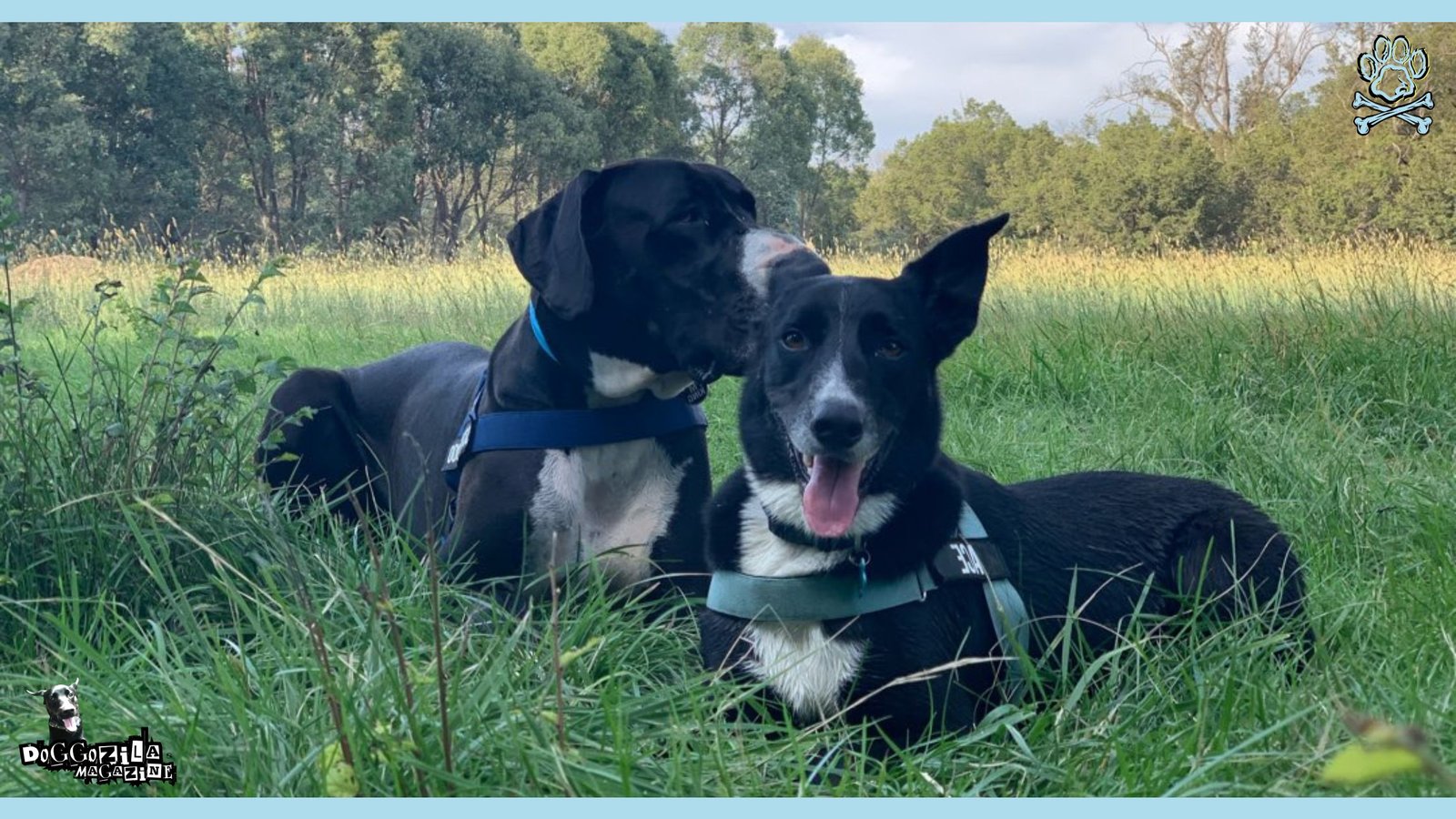
CASE STUDIES TO PREPARE YOU TO INTRODUCE A NEW DOG TO JEALOUS DOGS
When dog owners understand how other pets have reacted to new additions in their families, they can glean valuable insights into managing their own situation. This is where case studies and real-life examples play a crucial role in preparing dog owners for this significant transition.
Case studies, featuring detailed accounts of other dog owners’ experiences, help frame the complexities of introducing a new dog to a jealous dogs. These narratives highlight various outcomes, showcasing both successes and challenges faced by pet owners. By analyzing these cases, owners can identify patterns or solutions that might apply to their unique circumstances.
Case Study 1: Introducing New Young Dogs to a Jealous Adult Dog
Sarah, a dog owner, introduced a 10-week-old puppy to her 5-year-old jealous terrier. Initially, the terrier displayed signs of jealousy, such as growling and snapping at the puppy. Sarah followed a gradual introduction process, starting with scent exchange and controlled visual introductions.
She also ensured that the terrier received equal attention and rewards during the process. Over time, the terrier began to accept the puppy, and within a month, the two dogs were playing together and sharing space peacefully.
Case Study 2: Integrating a Rescue Dog into a Multi-Dog Household
John adopted a rescue dog and introduced it to his two resident dogs, one of whom displayed jealous behaviors. With the help of a professional trainer, John used positive reinforcement and structured interactions to create a harmonious household.
The trainer recommended separate feeding areas and supervised play sessions to prevent conflict. Over several weeks, the dogs learned to coexist, and the jealous behaviors diminished as the resident dog became more comfortable with the new addition.
Research Insights on Canine Behavior
The insights of a research and case studies often emphasize the importance of gradual introductions. Learning from others who have navigated similar dilemmas allows dog owners to pre-emptively address possible conflicts.
Real-life examples can illustrate effective techniques and strategies for easing the transition, such as providing a separate space for each dog or engaging in supervised interactions. Moreover, understanding the emotional landscape of a jealous dog can inform training methods and set realistic expectations for behavioral changes over time.
Studies on Dog Introductions and Social Dynamics
Research from the University of California, Davis, highlights the importance of gradual introductions and positive reinforcement in reducing conflict between dogs. Studies also emphasize the role of body language in understanding canine emotions.
For example, a study published in Applied Animal Behaviour Science found that dogs are more likely to exhibit aggressive behavior during introductions if they feel threatened or insecure. Providing a calm and structured environment can help reduce these feelings and promote positive interactions.
Expert Tips from Animal Behaviorists
🔑 Key Points: Research insights can illustrate effective techniques and strategies for easing the transition, such as providing a separate space for each dog or engaging in supervised interactions. This is where case studies and real-life examples play a crucial role in preparing dog owners for this significant transition.
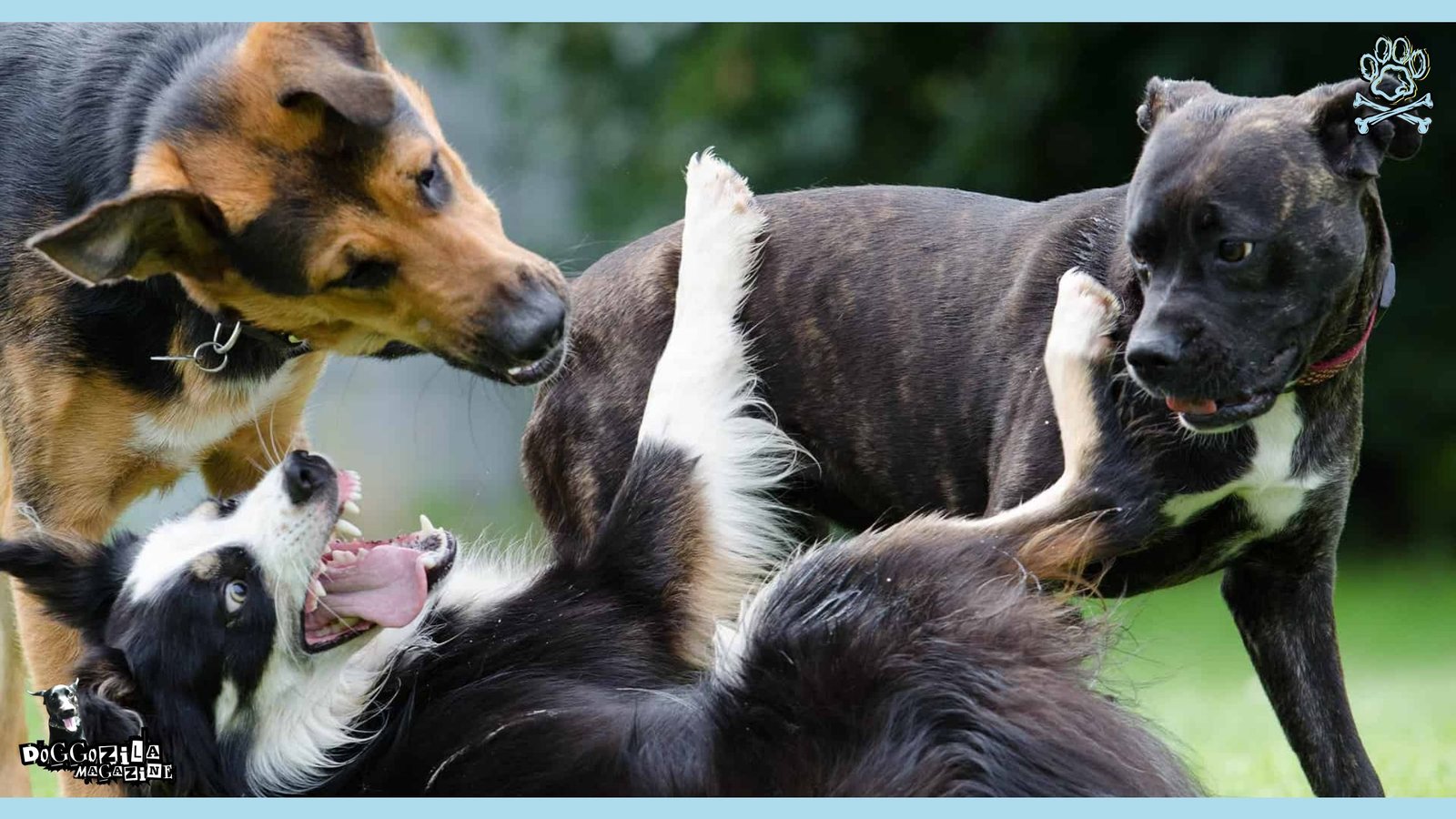
MANAGING JEALOUSY AND PREVENTING CONFLICT
Jealousy is a complex emotion experienced not only by humans but also by dogs. It typically arises when a dog perceives a threat to a valued relationship, often with their owner or another pet in the household. Situations that may trigger jealousy include the arrival of a new pet, the attention given to a child, or even when a partner is spending more time than usual with one particular dog.
Strategies to Manage Jealous Dogs When You Introduce a New Dog
Managing jealousy in dogs requires a proactive approach to minimize conflict and promote harmony.
Here are some effective strategies to manage jealous dogs when you introduce a new dog:
Additionally, it’s essential to consult with a veterinarian or a professional dog trainer if jealousy leads to aggression or fear-based behaviors. These experts can provide tailored strategies and guidance specific to your dog’s needs and help your your dogs adjust to the new atmosphere.
Ensuring Equal Attention and Resources with Positive Reinforcement
Providing equal attention, toys, and treats to both dogs is essential for preventing feelings of jealousy. Rotate playtime and cuddle sessions to ensure fairness and avoid favoritism.
„ For example, if you spend 10 minutes playing with one dog, spend an equal amount of time with the other. This approach helps reinforce the idea that both dogs are valued members of the household. “
Rewarding calm and friendly behavior with treats, praise, and affection is a powerful way to reinforce positive interactions. Avoid punishing jealous behaviors, as this can increase anxiety and aggression. Instead, redirect your dog’s attention to a positive activity, such as playing with a toy or practicing a command. Over time, your dog will learn that calm and friendly behavior is rewarded, while jealous behaviors are not.
Recognizing and Addressing Aggression
If aggression occurs, it’s important to separate the dogs immediately and consult a professional trainer or behaviorist. Early intervention can prevent long-term issues and help the dogs learn to coexist peacefully. A professional can provide tailored advice and strategies for managing aggression and promoting positive interactions.
Prevention is Key When You Introduce a New Dog to Jealous Dogs
Preventing jealousy in dogs is an ongoing process that requires attention and effort from pet owners. By fostering a loving and secure environment, establishing routines, promoting social interaction, and employing effective training strategies, owners can minimize jealousy and reduce the potential for conflict.
So, managing jealousy in dogs is achievable through understanding, consistent practices, and possibly professional help. With patience and perseverance, owners can ensure that their furry friends feel loved and secure, preventing unnecessary jealousy-related issues.
„ Teddy feeling ignored could lead to regressive behavior;
Hence fostering positive interactions is critical. “
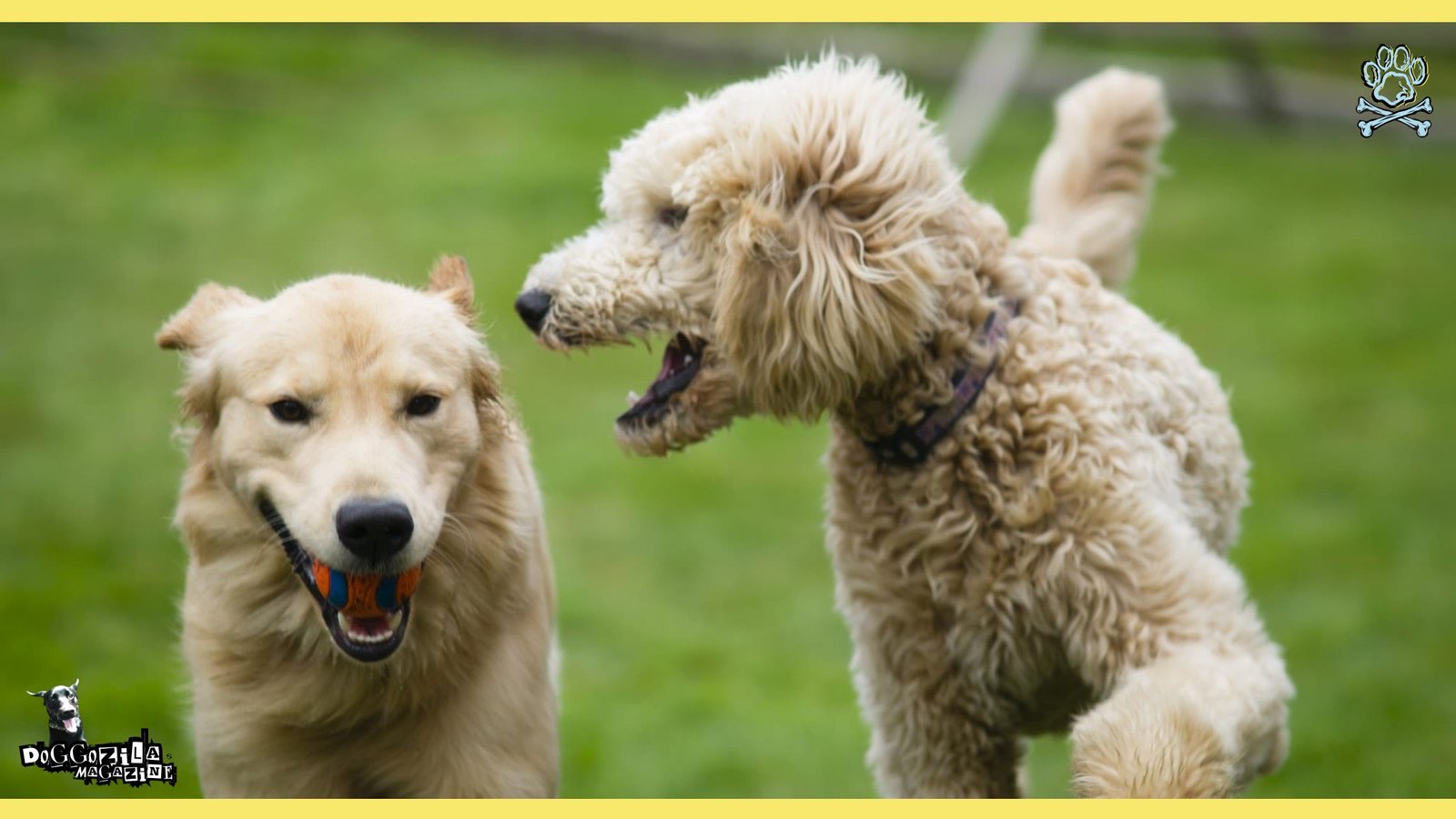
FAQ: HOW TO INTRODUCE A NEW DOG TO JEALOUS DOGS
Many dog owners have questions regarding this introduction process. For instance, how long does it typically take for dogs to accept each other? Owners also commonly ask about the signs of jealousy to watch for. Understanding dog body language is crucial – keep an eye out for growling or whining, which could signal discomfort.
How Long It Takes Jealous Dogs to Adjust to a New Dog After You Introduce Them?
The adjustment period can vary from a few days to several weeks, depending on the dogs’ personalities and the introduction process. Some dogs may adapt quickly, while others may take longer to feel comfortable with the new addition.
What If My Dogs Don’t Get Along?
If conflicts persist, it’s important to consult a professional trainer or behaviorist for tailored advice and strategies. They can help identify the underlying causes of the conflict and provide guidance on how to address them.
Can Professional Training Help?
Yes, professional training can provide valuable guidance and support during the introduction process. A trainer or behaviorist can help you develop a customized plan for managing jealousy and promoting positive interactions between your dogs.
If you found this article helpful, please share it with other dog lovers and pet owners.
Together, we can build stronger, happier relationships between our furry friends.
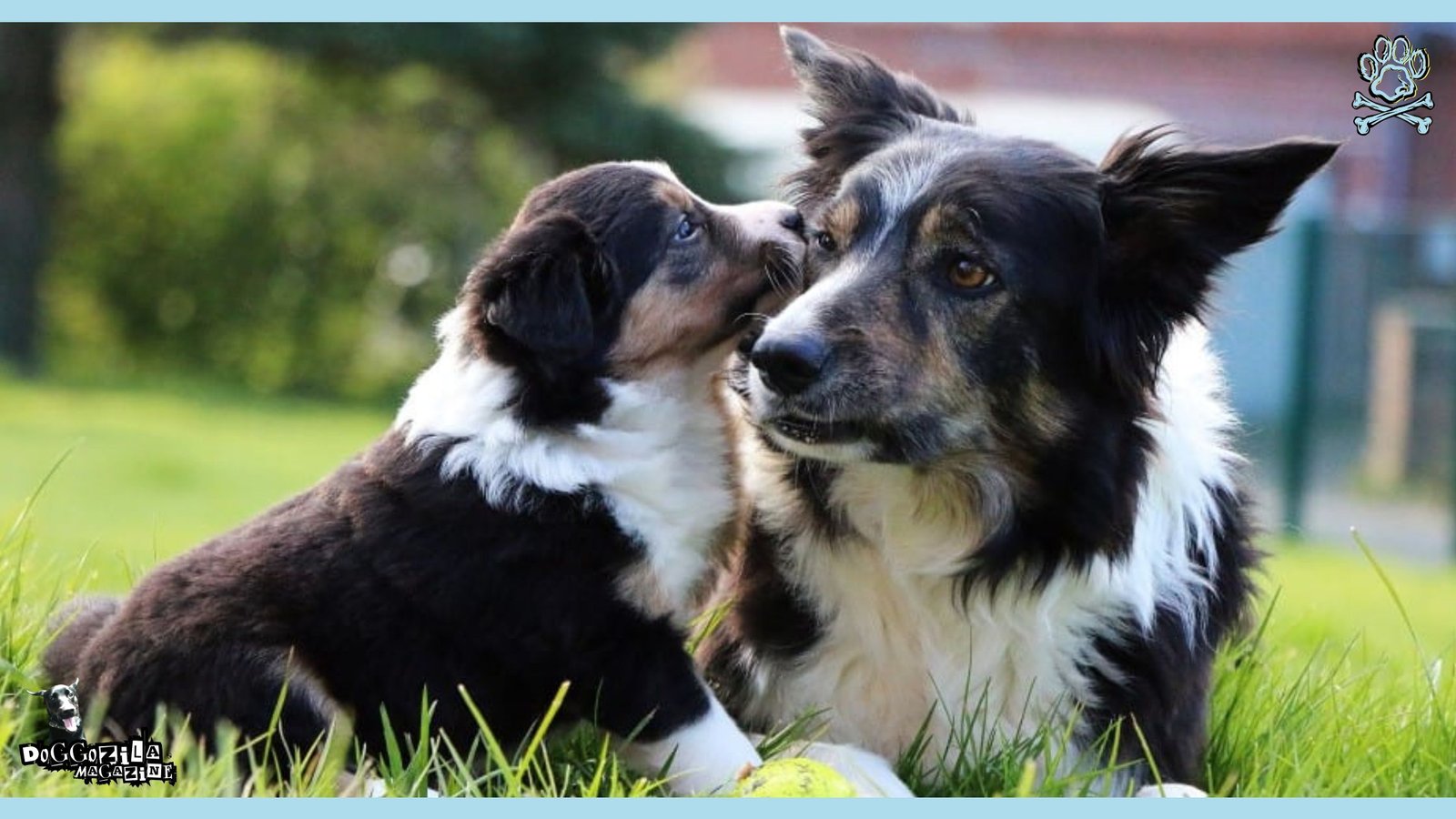
BUILDING A HARMONIOUS MULTI-DOG HOUSEHOLD
When you chose to introduce a new dog to your jealous resident dogs requires patience, planning, and a deep understanding of canine behavior. By following the steps outlined in this guide and leveraging insights from research and case studies, you can create a harmonious environment for your dogs to thrive. Remember, every dog is unique, so be prepared to adapt your approach as needed.
Final Thoughts on How to Introduce a New Dog to Jealous Dogs
The bond between these godly furry creatures and their human families is a special one, and to introduce a new dog to your jealous dogs, can enrich your household in countless ways. By addressing jealousy and fostering positive interactions, you can ensure a smooth transition and a lifetime of companionship for your pets. With patience, consistency, and the right strategies, you can help your dogs form a lasting bond and create a harmonious multi-dog household.

